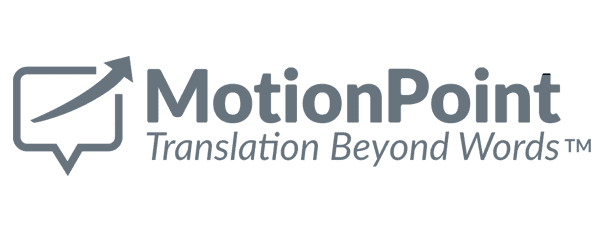




In the first installment of our A Technologist’s Guide… series, we introduced the proxy solution, the best approach for localizing your company’s website. Proxy solutions are flexible, adaptable, easy to integrate and scalable.
But for omnichannel localization—the translation of your offline documents, social media content, emails and other assets that don’t live on your website—we recommend a different approach.
If your goal is to translate offline content or content for other channels beyond your website, an API solution can be the ideal option.
APIs provide a reliable pipeline between a company's CIM/PIM and a translation database. Through the API technology, your teams can conveniently submit non-website content-such as email text or product documentation-for translation. Once translated, the content is transmitted back to you via the API.
Proxies are excellent for offering translated web content to global users. But they're not the best-possible solution for handling content beyond your website. Connectors must be configured to properly work with your customized CMS instance, and then reconfigured when you update them. They can't effectively handle non-web content, either.
Flexibility: An API can connect your translation provider with all your content, not just what’s in your CMS. You can create a translation workflow for any kind of material, including third-party content, web applications and graphics.
Compatibility: APIs are compatible with a range of formats from plain text to HTML, XML and JSON.
Scalability: Translated content can be easily repurposed for any channel via the API, which reduces translation time and costs.
In many cases, companies need translated content for all channels—including websites, payment platforms, graphics, multimedia, PDFs, email campaigns, printed brochures and more.
If your company needs this level of full-channel translation, look for a hybrid solution to handle it.
Combining a proxy technology with an API solution is the preferred approach for companies that need robust, nimble translations for content across all channels. You’ll enjoy all of the upsides of both technologies:
Flexible: Handles any content for any channel.
Simple: No need to reconfigure when switching CMSs or making upgrades.
Adaptable: Can be fully turn-key or more hands-on, depending on your preference.
Time-saving: Works independently of your systems, freeing up your team to handle important daily tasks without interruption.
Scalable: No need for labor-intensive work to launch new websites in new markets.
Automated detection: Changes in content are automatically identified, translated and deployed.
Seamless: Swift translation deployment means users get an excellent localized UX.
In addition, the best hybrid solutions are cost-effective, using translation memory databases to allow for easy reuse of existing translations at no added cost. They also make it easy for your team to make other changes to the system as needed.
Knowing what kind of digital content your company needs to translate is the first step in making the decision about which technology solution to use.
The proxy approach for website translation, combined with an API for offline and multichannel translations, make a win-win approach that is easy to use, cost-effective and robust for winning over customers.